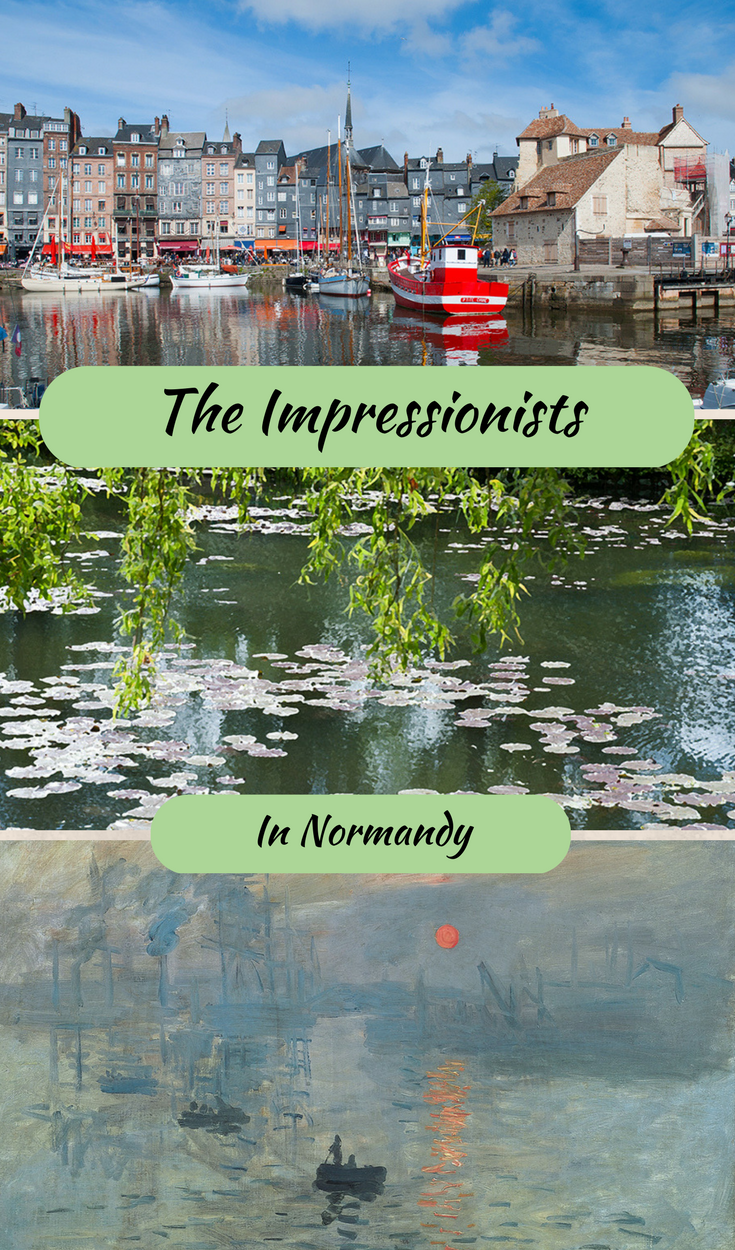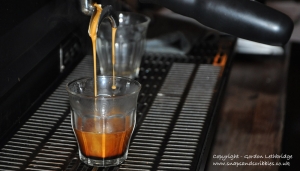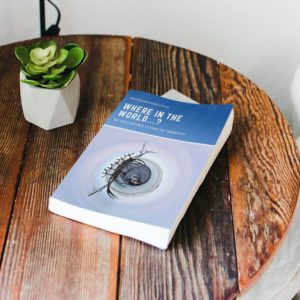It was a visit to the Royal Horticultural Society’s Hampton Court Flower Show that inspired me to visit Normandy. Among the show gardens was one celebrating the Impressionists in Normandy that included the best-known elements of Claude Monet’s Giverny garden.
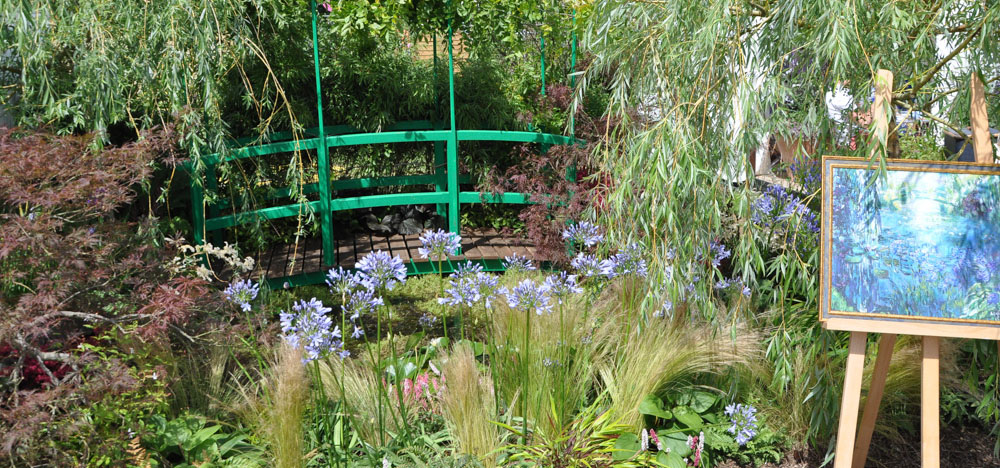
In my research, I soon discovered that the group of artists known as the Impressionists were attracted to Normandy. Impressionism was less about detail and realism in paintings and more about an accurate depiction of light and its changing qualities. This was best done outdoors where they could capture the transient effects of light on a subject. The Impressionists were among the first group of artists who took painting outside en plein air. The advent of the railways along the Seine Valley from Paris to the coast, the quality of the light and the variety of landscapes all contributed to Normandy became the Cradle of Impressionism.
I have often driven through Normandy, admired the landscape and rural architecture but never stopped. It was time to visit Normandy and Impressionism would be one of the themes I would explore.
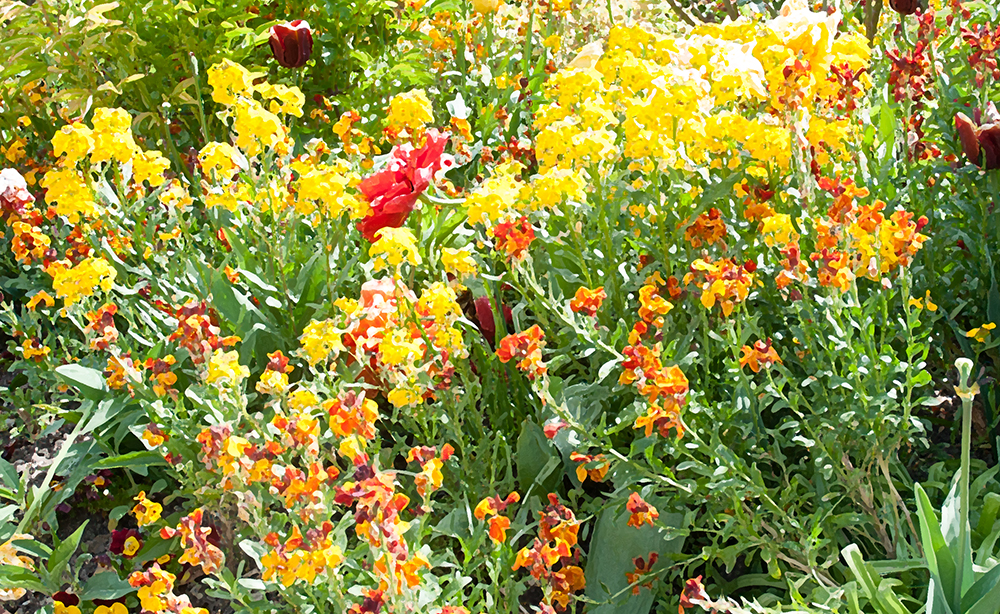
Jardin Claude Monet, Giverny
Both my wife and I enjoy visiting gardens so Claude Monet’s garden at Giverny was an obvious choice to visit. Monet once said that his greatest creation was not any of his paintings but his garden. On entering the garden, we could see why. We were met with an explosion of colour in a design reminiscent of his paintings. Such wonderful use of colour with bold spring flowers underplanted with complimentary colours definitely designed by an artist with an eye for colour and light.
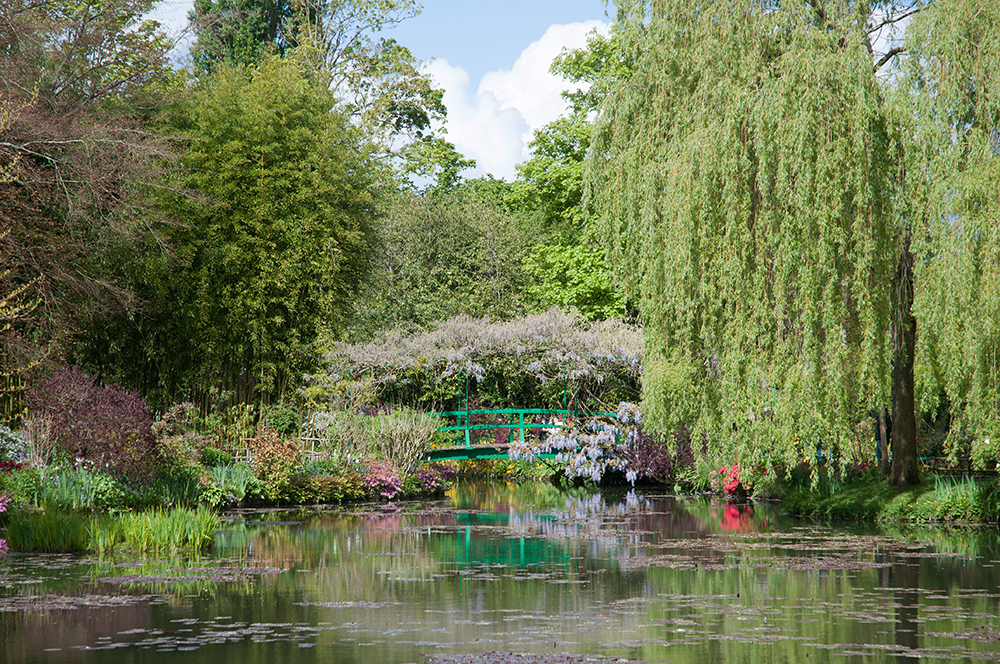
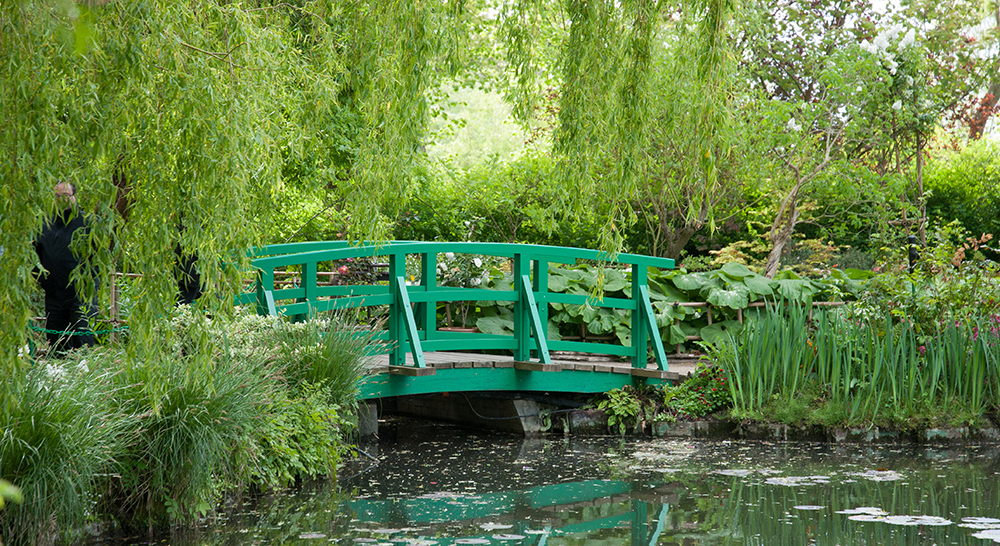
Leaving the vibrancy of the garden beds behind we made our way to the water lily ponds created by Monet. Almost immediately we had a feeling of deja vu; it was like walking into a painting. Monet’s water lily series is perhaps the best known of his paintings. Today the willows, Japanese bridges and of course the water lilies are as familiar reality as they are in his paintings.
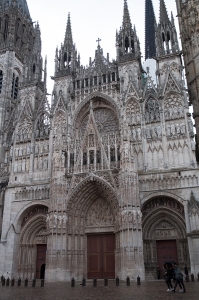
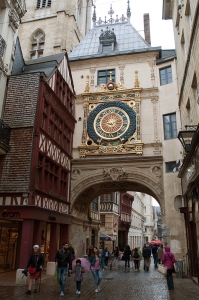
The city of Rouen
Rouen is an attractive city with streets of half-timbered houses and a magnificent cathedral. The day I was there it was rainy, overcast and grey; not the best day for sightseeing. However such inclement conditions, I discovered after visiting the Musée des Beaux-Arts’ small collection of Impressionist paintings, did not deter the artists. Claude Monet painted the façade of the impressive Cathedral almost 30 times in different light and seasonal and meteorological conditions to illustrate the interplay of light and shadow on the intricate carvings.
In the drizzling rain, I strolled down one of the streets to Le Gros Horloge or the Great Clock. I had seen a painting by Leon Lemaître depicting the clock and its archway in equally as inclement weather. I wanted to see it as he had seen it. It did not matter that the sun had not shone; I had seen Rouen as the Impressionists had seen it.
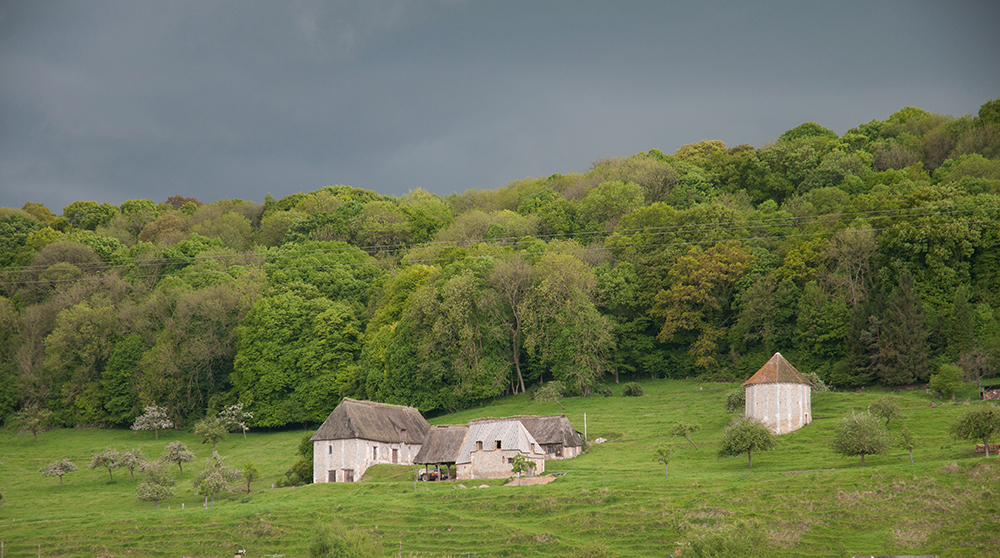
The River Seine
The Impressionist artists were keen on painting au plein air rather than in a studio. The River Seine meanders through Normandy and is a great place to wander along the riverbanks, picnic beside the water or explore the wooded slopes of the valley. There were plenty of subjects and wonderful light for the artists all along the Valley of the Seine.
I spent a couple of days exploring the wooded valleys and marshlands of the Boucles de Seine Regional Park where the Impressionists such as Alfred Sisley used to paint.
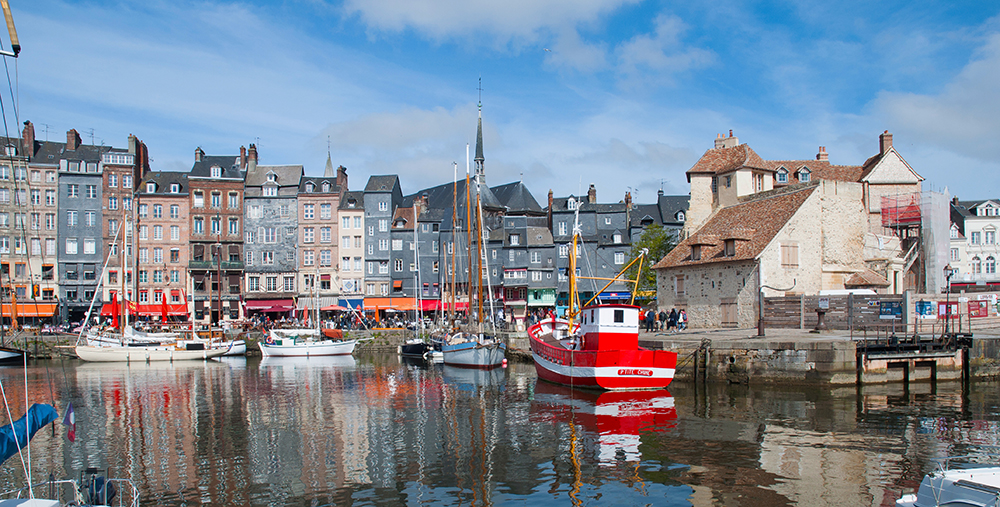
Honfleur
The moment I saw the Vieux Bassin in Honfleur I knew Honfleur I could see why it is often referred to as the prettiest little harbour in France. Colourful old houses line Quai Sainte Catherine’s and boats are reflected in the water of the harbour. Along the quayside cafes and restaurants spill out onto the cobbles. Being a photographer I could see why the harbour and the town were favourite subjects for artists, Impressionists or not.
The port town is the birthplace of Eugène Boudin who advised the young Monet to paint “…the sea and sky…”. Monet obviously took his advice as many of his paintings feature either or both.
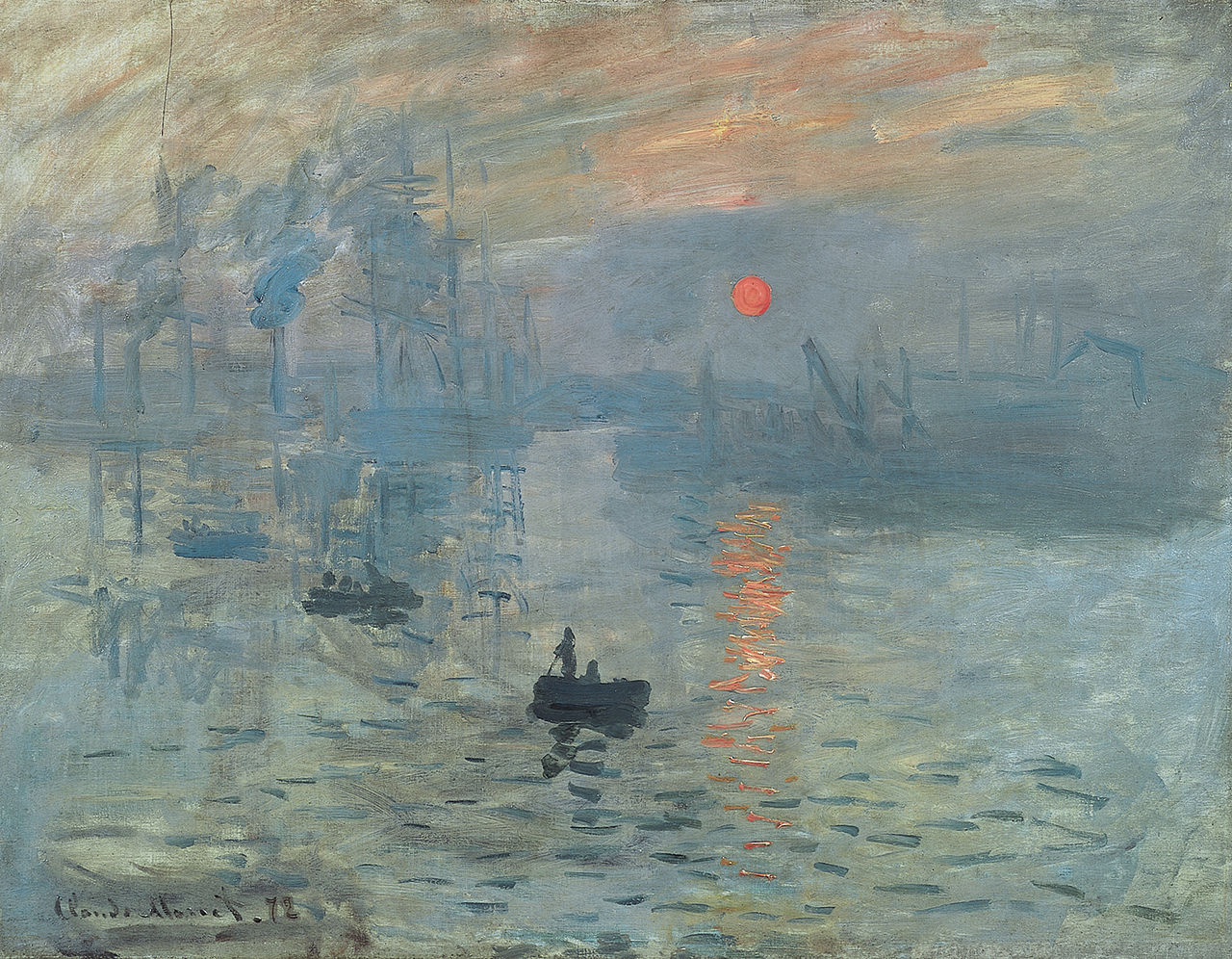
Claude Monet grew up in Le Havre across the estuary from Honfleur. It was not a place I had on my bucket list for France but I discovered it was where Claude Monet painted the port scene Impression, Soleil Levant (Impression, Sunrise). It was this painting and its title that gave the Impressionist movement its name. It is also home to the Musée Malraux (MuMa), one of the most important Impressionist art collections outside Paris with works by Monet, Degas, Renoir, Sisley, Pissarro, Manet and Boudin.
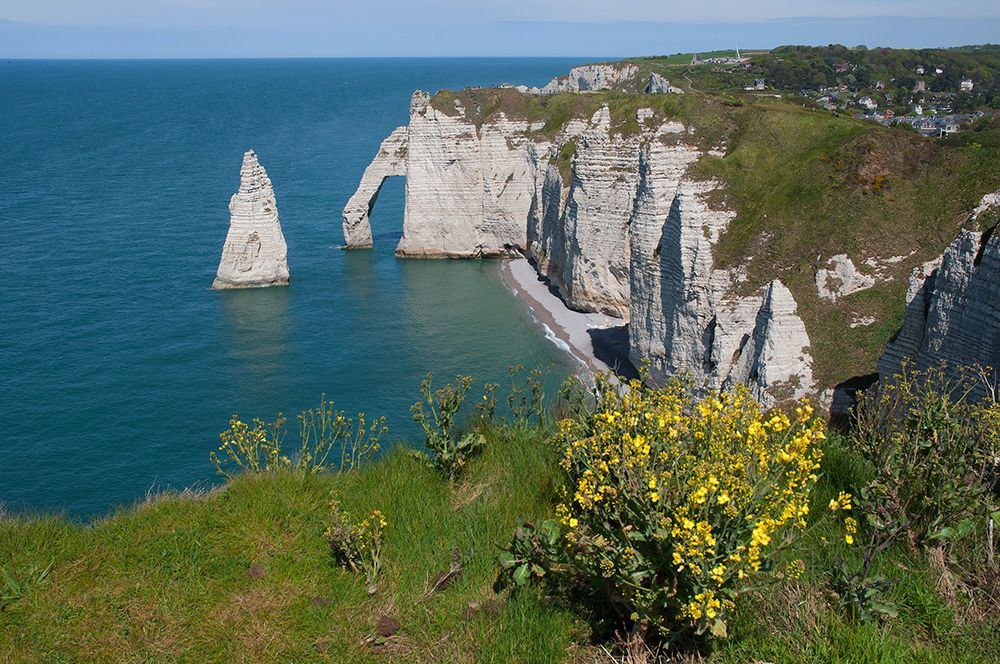
Étretat
Having seen several paintings of the Falaises d’Étretat I wanted to see them in real life. I was not disappointed; they are stunning. The white cliffs of Étretat are what give the Cȏte d’Albâtre or Alabaster Coast its name. They were a magnet for the Impressionist artists who would set up their easels on the seafront or on the cliff tops. The cliffs and the colourful fishing boats pulled up on the shore where there subjects. I followed in their footsteps along the seafront and along the cliff paths armed, not with paintbrushes and easel but my camera and tripod. Information boards now show the viewpoints from which different artists painted their most iconic pictures of Étretat.
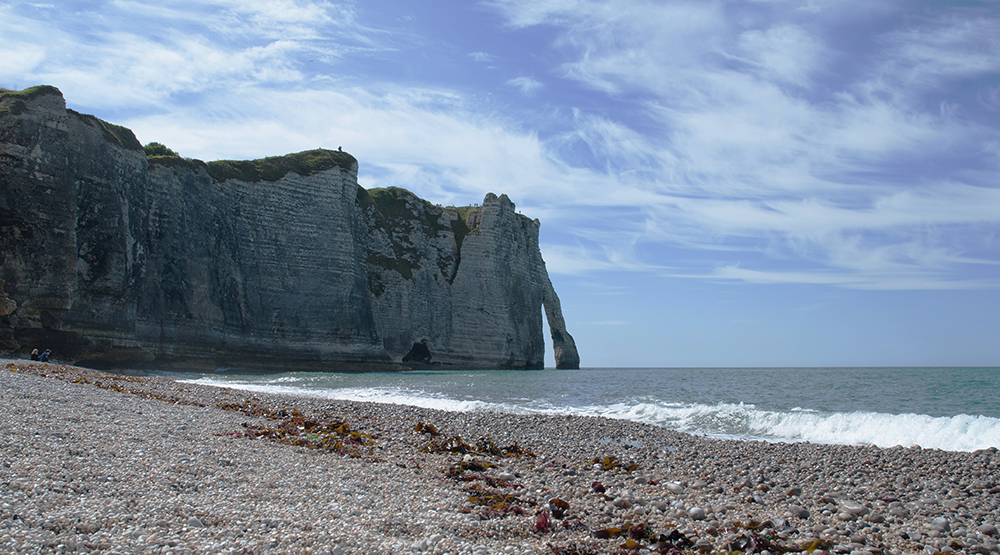
Other places to visit
From Giverny to Le Havre and Étretat Normandy can be truly referred to as the cradle of Impressionism. However, the Impressionists did not confine themselves to the Seine Valley but sought out other places and subjects. Deauville on the Cȏte Fleurie and Trouville were developing as popular destinations on the coast with Parisians. This provided Impressionist artists with more candid subject matter; they began painting beach scenes and picnickers. North of Étretat is Dieppe, one of the first seaside resorts in France, it too attracted Impressionist artists.
As I returned across the Channel I determined not to neglect those parts of France closest to Britain’s shores. They have as much to offer as further south. Just as the landscapes attracted the Impressionists they now attract photographers like myself; “a man with a Nikon…”
I stayed in a thatched cottage Le Chardonneret Chaumiere which I booked through www.homeaway.co.uk website (£). There is also another similarly sized cottage on the same grounds which can also be booked through the same website – www.homeaway.co.uk (£). I have reviewed Le Chardonneret Chaumiere in an earlier post on this website. It is ideal for exploring Impressionist Normandy from Giverny to Etretat.
Links on this page may be affiliate links. That means that I am paid a small fee if you book by clicking on any of the links. This does not cost you anything at all. All links which are affiliate links are indicated with a British pound sign in brackets (£). All adverts on this page and throughout this website are also affiliate links
Please Pin It
